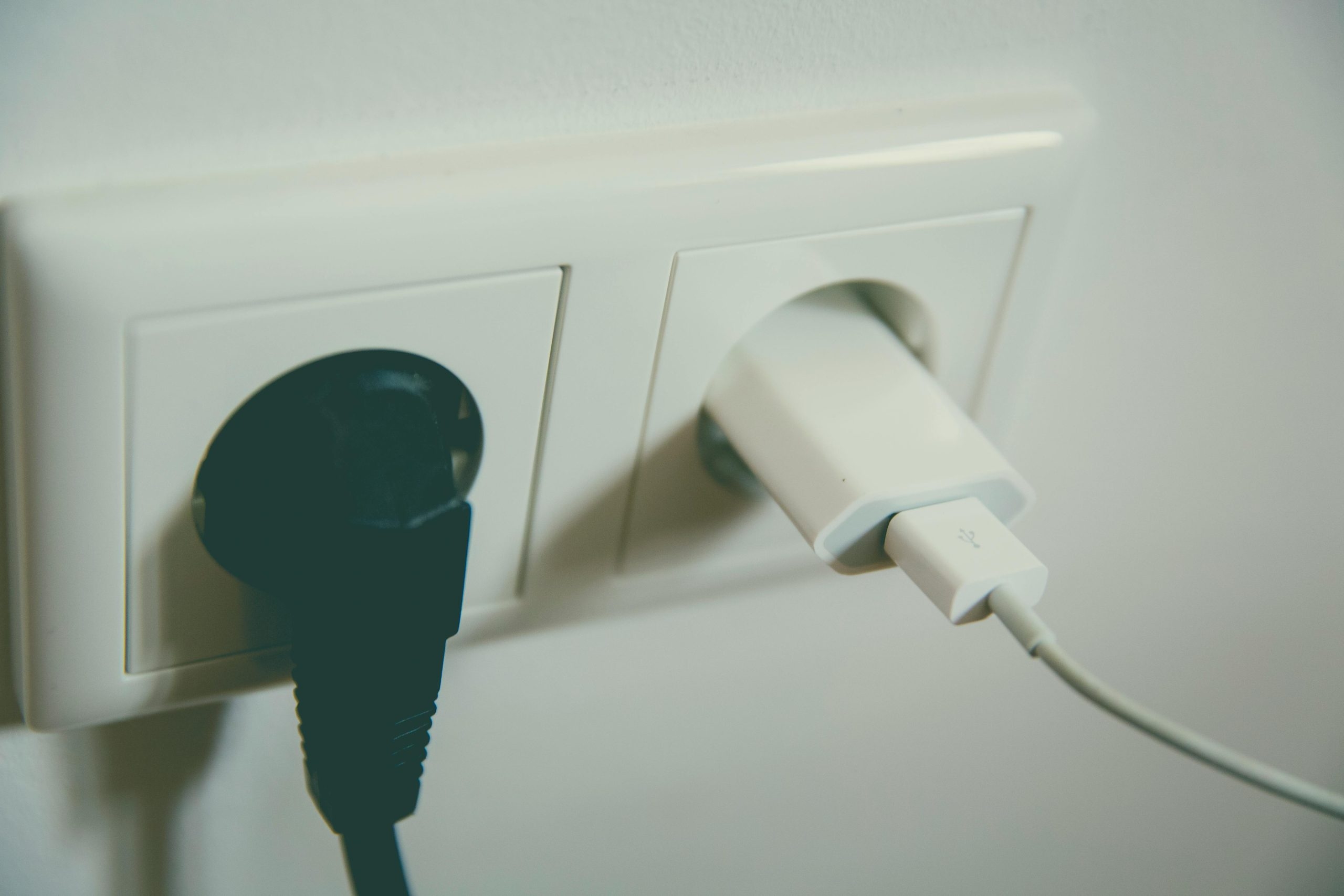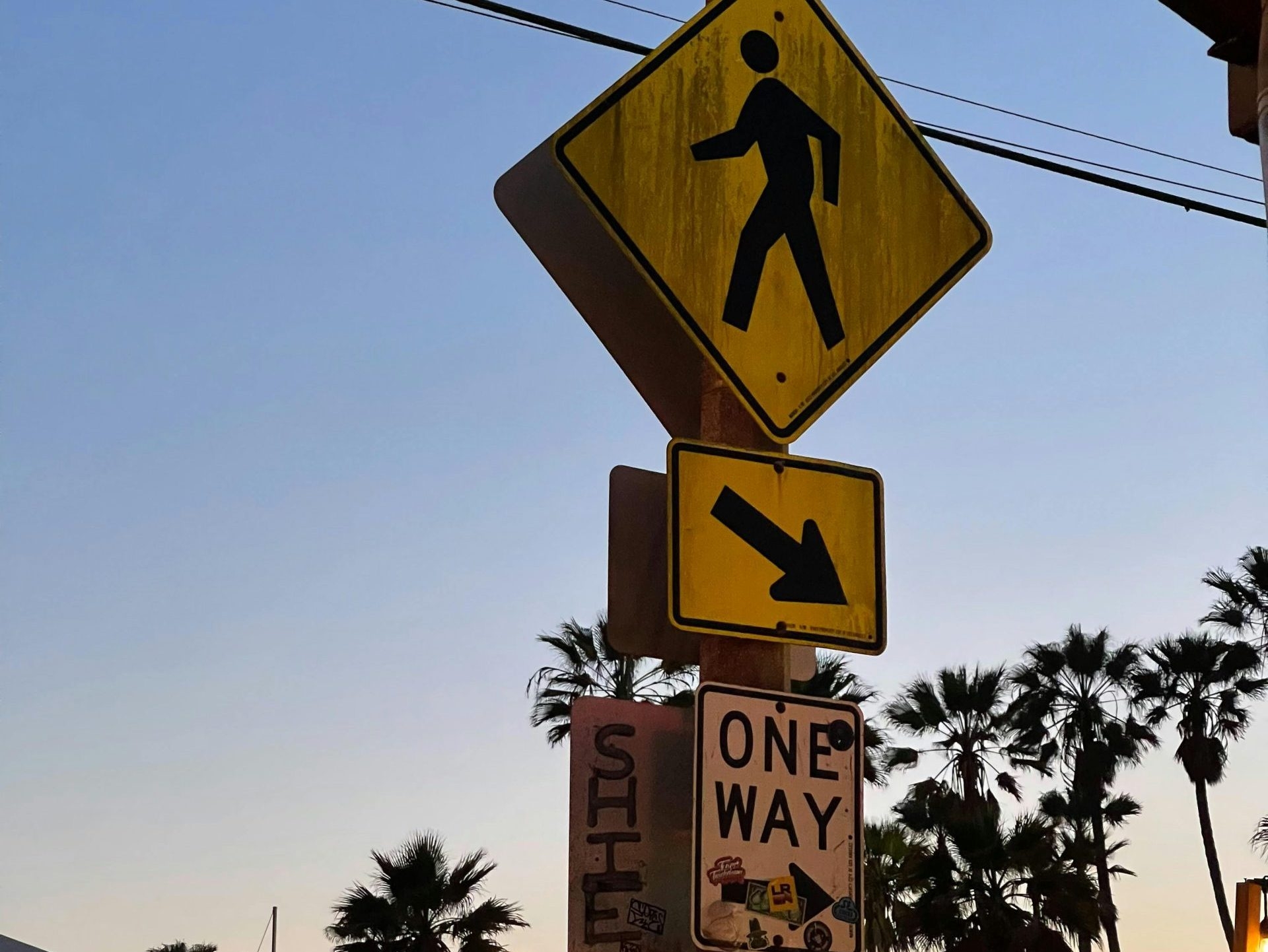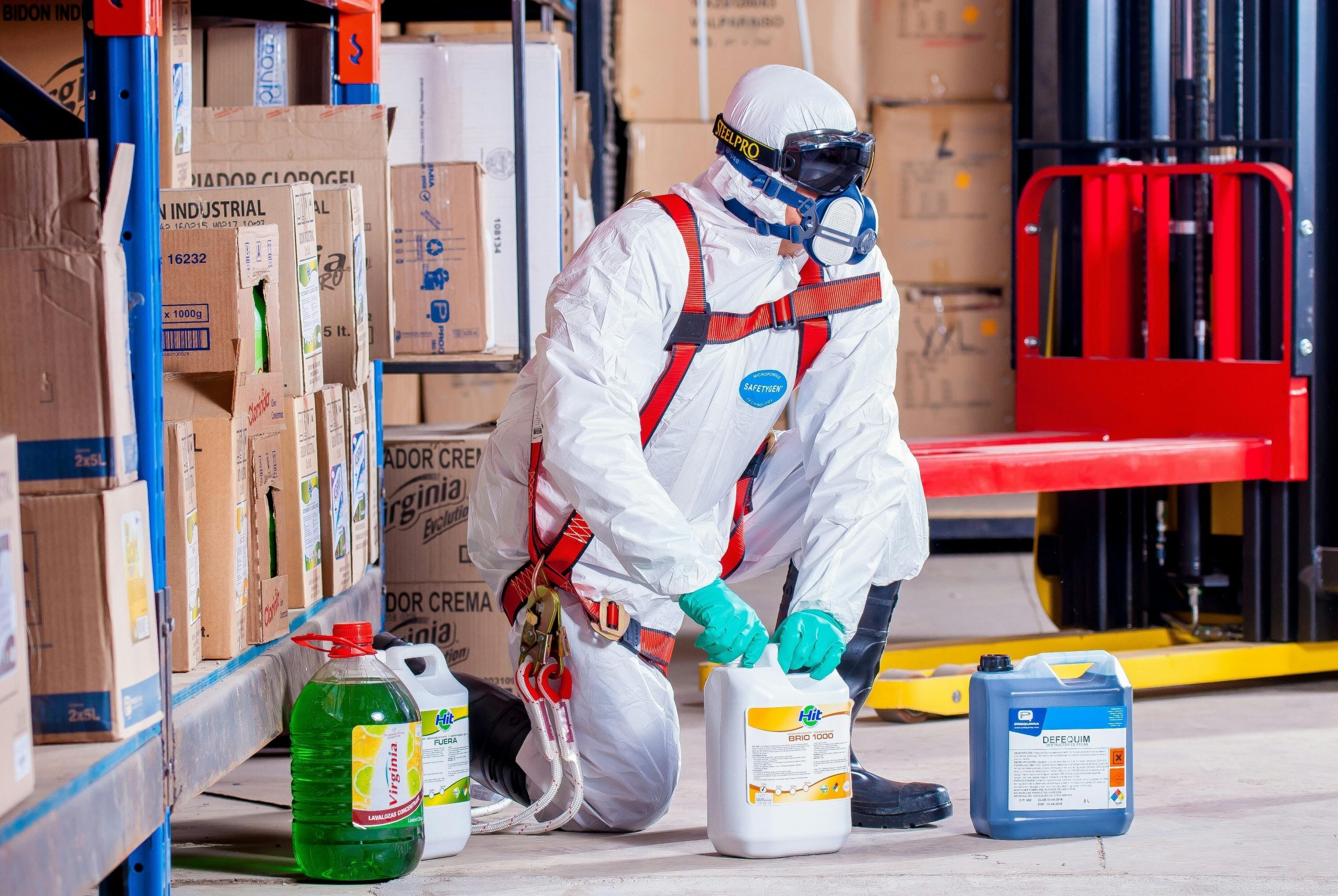Noise is an often-overlooked aspect of workplace safety, yet it can have significant impacts on employee health and productivity. In many industries, excessive noise levels can lead to hearing loss, increased stress, and decreased job performance. As a result, conducting noise assessments is essential for maintaining a safe and healthy work environment. But can employers or assigned employees carry out these assessments themselves? Let us explore this question.
Understanding Noise Assessments
What is a Noise Assessment?
A noise assessment measures the sound levels within a workplace to identify areas where noise may exceed acceptable limits. This process typically includes:
- Measuring sound levels: Using an IEC 61672 compliant sound level meters or dosimeters.
- Identifying sources of noise: Documenting the machinery or processes that contribute to excessive noise.
- Evaluating exposure: Assessing how long employees are exposed to these noise levels.
Why Conduct a Noise Assessment?
Noise assessments are crucial for several reasons:
- Legal Compliance: Employers are often required by law (e.g., the Control of Noise at Work Regulations 2005 in the UK) to assess and manage noise risks.
- Protect Employee Health: Prolonged exposure to high noise levels can lead to permanent hearing damage.
- Enhance Productivity: Reducing noise can improve worker concentration and overall productivity.
In-house Noise Assessment: Pros and Cons
Pros
- Cost-Effective: Conducting assessments in-house can save costs associated with hiring external consultants.
- Immediate Results: Internal teams can often conduct assessments more quickly, enabling immediate corrective action if necessary.
- Familiarity with Environment: Employees know their workplace best and can identify noise sources that may require attention.
Cons
- Lack of Expertise: Noise assessments may require knowledge of acoustics and appropriate measurement techniques. Without proper training, results may be inaccurate.
- Equipment Limitations: Professional assessments often use calibrated equipment and software that the average workplace may not possess.
- Potential Bias: Employees may not objectively assess their own work environment, which could lead to underestimating noise risks.
How to Conduct a Noise Assessment
If you decide to perform a noise assessment in your workplace, follow these steps:
- Gather Equipment:
- Obtain a sound level meter. Ensure it is calibrated according to the manufacturer's instructions and IEC 61672 compliant.
- Identify Noise Sources:
- Walk through the workplace to identify all sources of noise, such as machinery, ventilation systems, and employee activities.
- Measure Noise Levels:
- Use the sound level meter to measure noise levels in different areas, paying special attention to locations where employees are working or spending considerable time.
- Document Findings:
- Keep detailed records of your measurements, including times, locations, and sources of noise.
- Evaluate Results:
- Compare your measurements against recommended exposure limits, such as the 85 dB(A) threshold for eight-hour exposure.
- Act:
- If noise levels exceed acceptable limits, consider implementing control measures such as engineering controls, administrative changes, or providing hearing protection.
When to Seek Professional Help
While in-house noise assessment can be beneficial, there are scenarios where calling in professionals is advisable:
- Complex Work Environments: In large or complex facilities, it may be difficult to assess noise levels accurately without expert analysis.
- Legal Matters: If you are facing potential legal issues related to noise exposure, professional assessments can help provide comprehensive documentation.
- In-depth Analysis: For a more detailed analysis of noise control solutions, professional acousticians can offer insights that go beyond basic measurements.
Conclusion
Conducting noise assessments can be a valuable practice for maintaining a safe and compliant workplace. While it is possible to carry out these assessments in-house, consider the potential challenges and limitations. If your workplace has significant noise risks or if legal compliance is a concern, seeking professional assistance may be the best approach. Ultimately, protecting employees from excessive noise is an investment in their health and productivity, creating a more conducive work environment for everyone.






